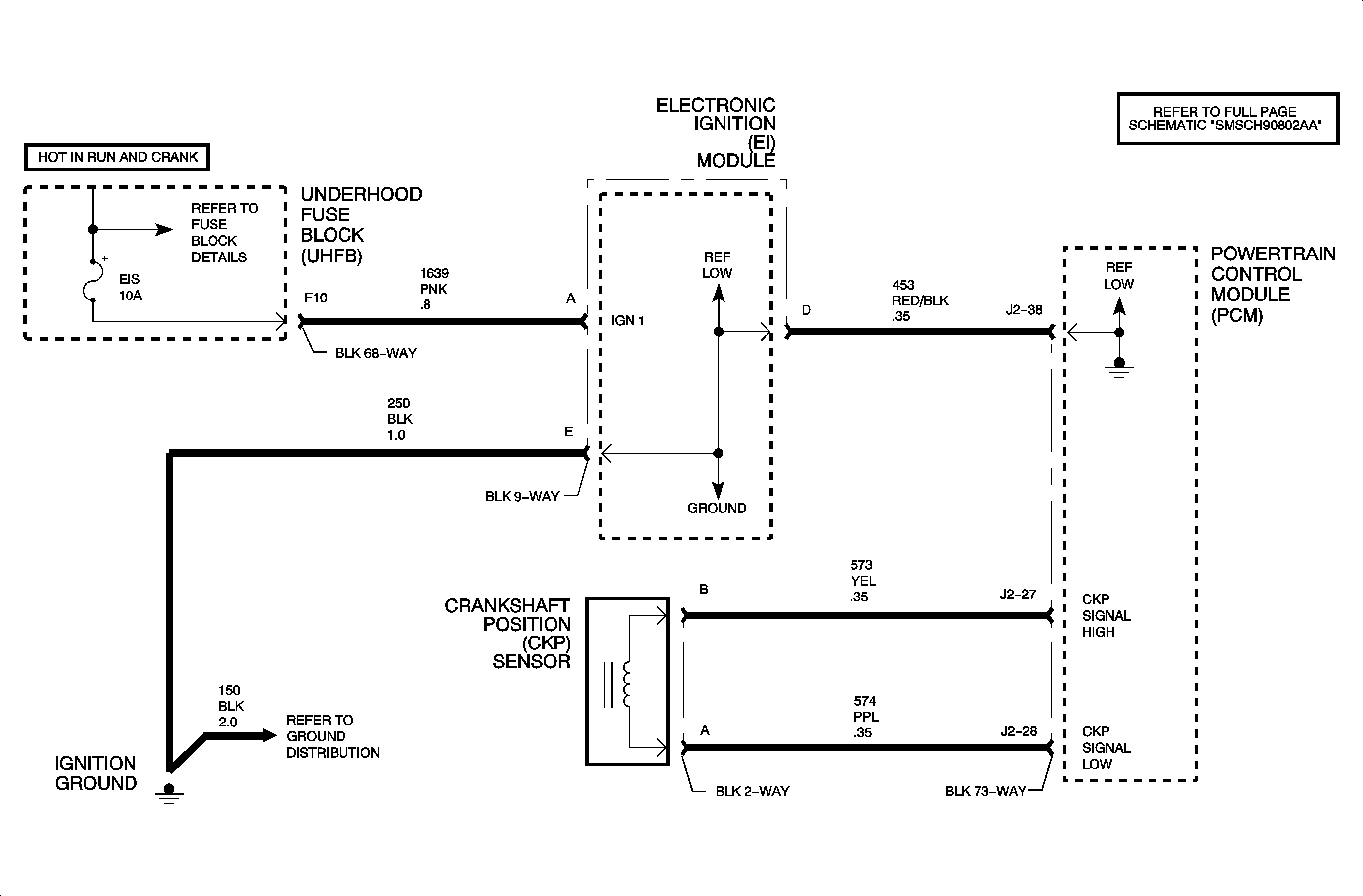
The crankshaft position (CKP) sensor produces an AC voltage of different amplitude and frequency depending on the velocity of the crankshaft. This AC voltage signal is fed into the PCM. The crankshaft has 7 total machined notches, 6 of which are spaced 60 degrees apart. The remaining tooth is 10 degrees before the #4 cylinder TDC notch. This extra notch is used by the PCM to determine the position of the top dead center #4 cylinder necessary to synchronize engine position. The PCM must know precisely the degree of variability between crankshaft notches in order to correctly perform misfire diagnostics. In order to know this variability, the PCM must perform a crankshaft learn procedure. The PCM needs to learn the crankshaft notch variation only once unless a crankshaft or PCM is replaced. DTC P1336 sets when the PCM has not learned the crankshaft notch variation due to PCM replacement or reprogramming when the engine is running.
DTC Parameters
DTC P1336 will set if the crankshaft notch variation has not been learned when:
| • | The condition exists for longer than 0.5 seconds. |
| • | The engine is running. |
| • | No cam or crankshaft DTCs have been set. |
DTC P1336 diagnostic runs once per ignition cycle with the engine running.
DTC P1336 is a type A DTC.
Diagnostic Aids
Important: If a crankshaft or PCM has been replaced, the crankshaft must be relearned.
Important: Make sure no cam or crankshaft DTCs are set before the crankshaft notch variation is learned.
Using the scan tool, perform the CRANKSHAFT POS. VARIATION LEARN procedure.
